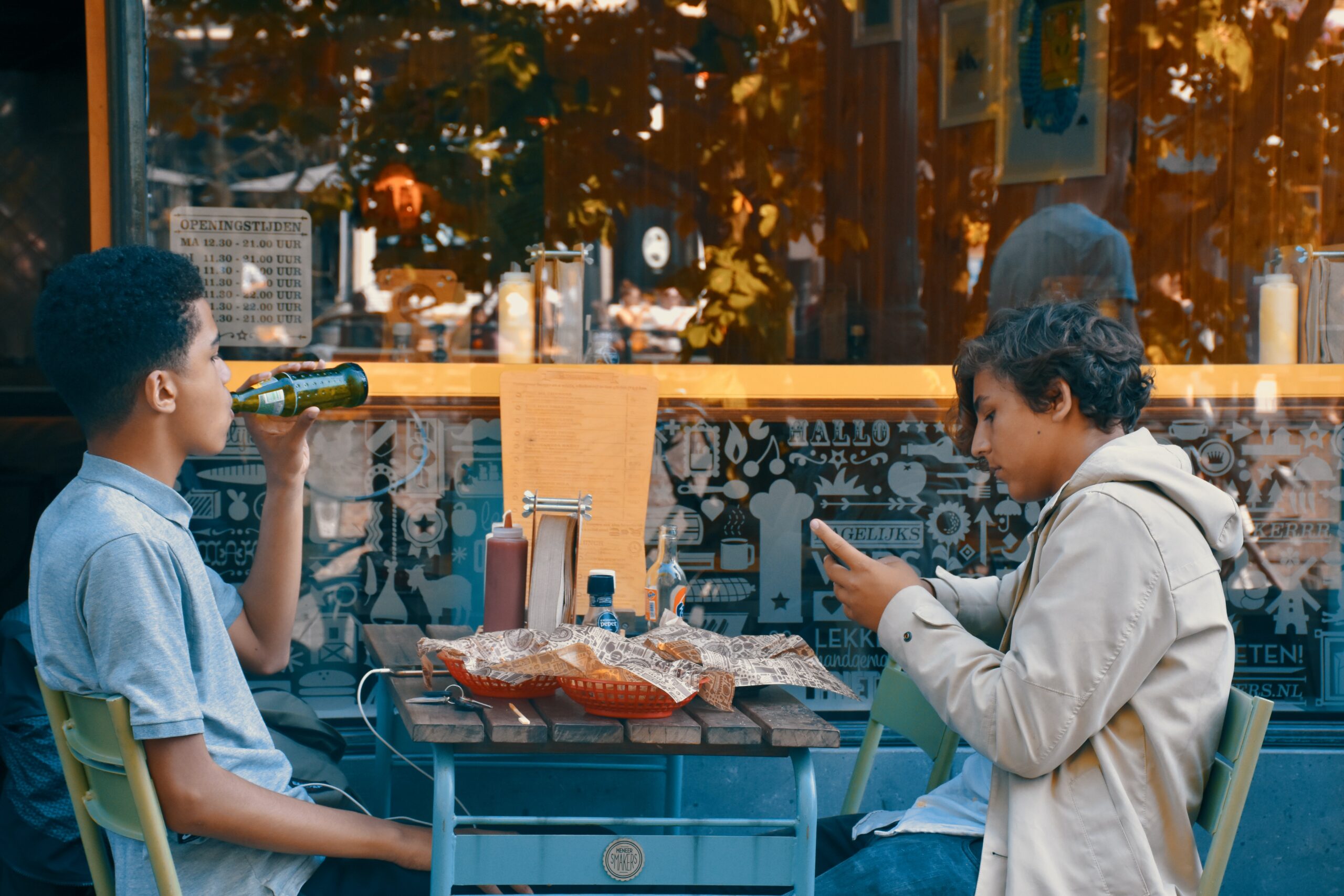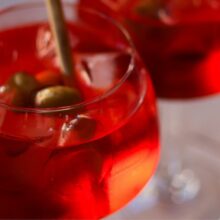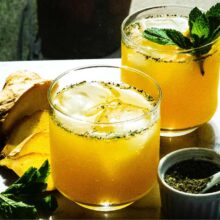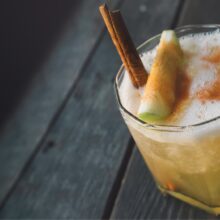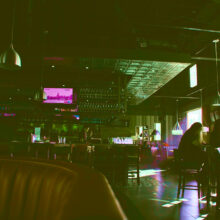The Dawn of Cocktails
The term “cocktail” has its roots deep within the 19th century, though the actual origins remain a mystery. Some historians speculate the name derived from the French term “coquetier,” which was a vessel used to serve spirited drinks. Meanwhile, others suggest it is related to the practice of using a cock’s tail as a decorative garnish. Irrespective of its etymology, the early days of cocktails were simple. People mixed spirits with sugar and water, adding medicinal herbs occasionally. In the late 18th century, with the establishment of American taverns, the art of mixing drinks began to flourish.
Prohibition Era: Rise of the Speakeasy
The 1920s was a transformative decade for cocktails. Due to the Prohibition era in the U.S., the sale and consumption of alcohol were banned. This led to the rise of underground bars or “speakeasies.” In these clandestine establishments, bartenders began to mix various ingredients with spirits to mask the often poor quality of the homemade alcohol available. This era gave birth to many iconic cocktails like the “Bee’s Knees” and “Mary Pickford.” Despite the legal constraints, the Prohibition period ironically catalyzed the cocktail culture, making it an integral part of the American social scene.
Post-War Boom and Cocktail Renaissance
After World War II, there was a global shift in the way people perceived cocktails. The economic boom led to the proliferation of bars and lounges. Cocktails like Martini and Margarita became household names, symbolizing luxury and class. The 1950s and 60s witnessed the Golden Age of cocktails. With the advent of television, cocktails got ample screen time, further popularizing them among the masses. Bartenders were seen as artists, and their creations were no less than masterpieces.
Modern-Day Mixology: Beyond the Classics
As we entered the 21st century, the world of cocktails underwent another transformation. Bartenders, now often referred to as mixologists, started pushing the boundaries of what a cocktail could be. Ingredients like foams, spherifications, and even dry ice found their way into the drink menu. Bars started to grow their herbs, emphasizing the importance of fresh ingredients. Moreover, there was a renewed interest in forgotten spirits and recipes. Ancient and rare liquors were revived, giving birth to a new array of cocktails. This era has been characterized by its willingness to experiment and innovate, making the art of creating cocktails more vibrant than ever.

The Global Perspective: Cocktails Around the World
Though the cocktail might have its most documented roots in the U.S., the rest of the world wasn’t far behind in embracing this culture. Europe had its variations, with drinks like Pimm’s in England and Aperol Spritz in Italy. Latin America gave the world the Mojito and Caipirinha, while Asia introduced unique ingredients like sake and soju into the mix. Today, global travel and communication have fused these diverse cocktail cultures, leading to a rich tapestry of flavors and techniques from all over the world.
Cocktails and Technology: A Digital Revolution
With the digital age in full swing, technology has begun to permeate the world of cocktails, transforming how we experience and enjoy our favorite drinks. Modern mixologists are turning to advanced equipment and innovative techniques to enhance flavors, present drinks in novel ways, and offer an immersive experience to patrons. One significant advancement is the use of precision equipment, like rotary evaporators, to distill and capture the essence of unusual ingredients. This technique allows for the creation of pure, flavorful components that can be added in precise quantities. Moreover, with the integration of augmented reality in bars, customers can now enjoy an interactive experience. Imagine sipping a cocktail while learning about its history through a virtual projection on the bar counter! Then, there’s the rise of cocktail apps and platforms that allow enthusiasts to experiment and share their unique creations. These platforms serve as a hub for mixologists worldwide to exchange ideas, learn, and challenge each other, fostering a global community of cocktail lovers.
Sustainability in Cocktails: A Conscious Shift
As with many industries, sustainability has become a driving force behind modern mixology. Bars and mixologists worldwide are becoming increasingly conscious of their environmental impact and are taking steps to reduce waste, use local ingredients, and minimize their carbon footprint. An example of this is the “closed-loop” cocktail, where every part of an ingredient is used, ensuring minimal waste. Citrus peels that would typically be discarded are now being used to create aromatic infusions or dried and ground into powders as garnishes. Even the trend of using metal or bamboo straws, instead of single-use plastics, reflects this shift towards a more sustainable cocktail culture. Bars are also sourcing ingredients locally, supporting local farmers, and reducing transportation emissions. This not only promotes sustainability but also helps in creating drinks that reflect the local flavor and culture. Furthermore, many establishments are now focusing on water conservation, employing techniques to recycle and reuse water, which is especially crucial in the cocktail-making process. These steps might seem small, but collectively they represent a significant move towards a more responsible and sustainable cocktail industry. As patrons become more aware and demand sustainable practices, the industry is sure to see even more innovations in this direction.
Conclusion
The journey of the cocktail, from its humble beginnings to its current status as a symbol of sophistication and creativity, is truly fascinating. As the world continues to evolve, so will the art of mixology, ensuring that the cocktail remains a timeless testament to human creativity and the love for a well-mixed drink.

